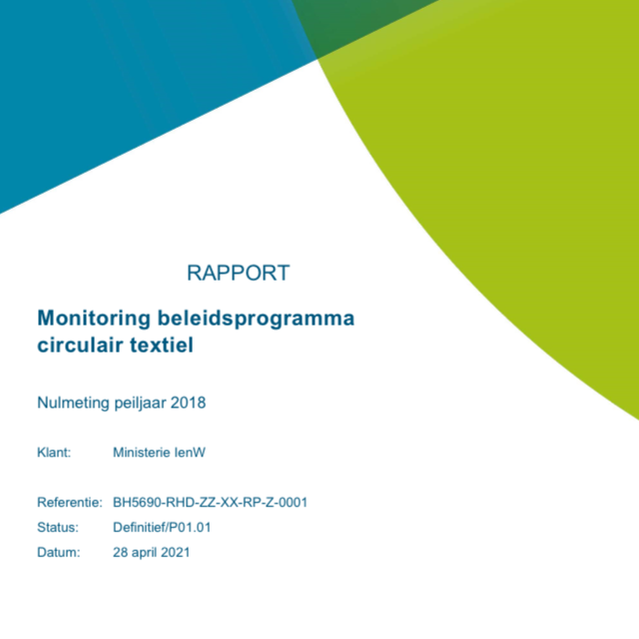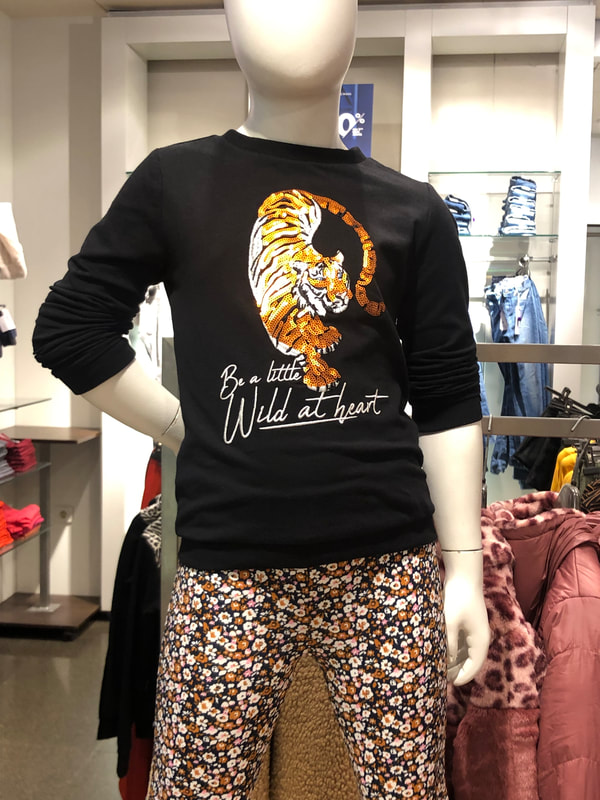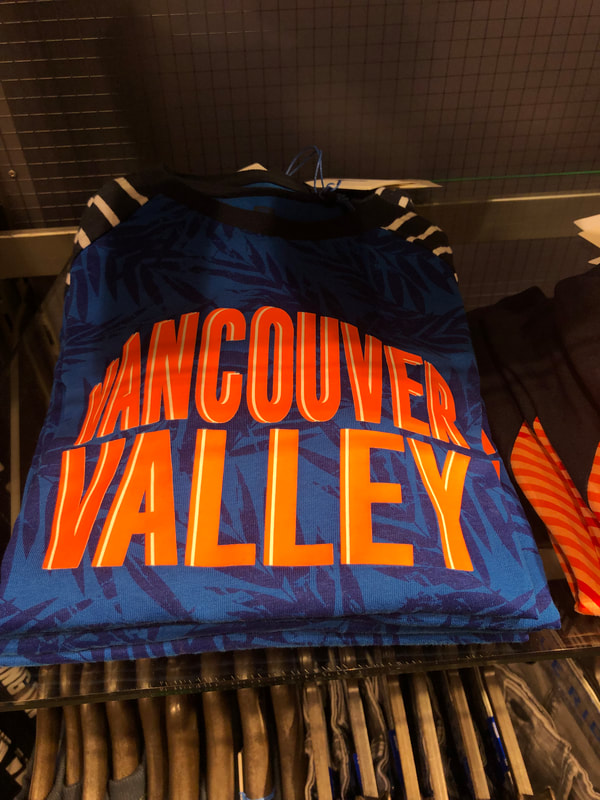|
We are passing our trauma to the next generation, doing far from enough to mitigate the strong influence of traumatic experiences that afflict us today.
Trauma, a common human experience, yet, so powerful, that spreads and transfers across generations. Non-stop. This kind of transfer is called “intergenerational trauma”, a problem obstructing and limiting sustained attention to address complex human crises: Systemic sexism, discrimination, forced displacements, climate change, devastating global pandemics… the list goes on and on. Problems that require urgent and sustained attention. While intergenerational trauma isn’t new to human experience, research only began until the 1960s. Yet, understanding intergenerational trauma can help people working toward social change solve problems more effectively. “My dear father, died when I was very young. Since, my beloved mother had it difficult with me as she thought something was not okay by her. All I wanted to achieve was personal autonomy and independent thought.” Viviana Selene. —-- Dedicated to all women aspiring personal autonomy and independent thought, particularly, in cultures where women are raised to be subservient. Special thanks to Beatrice Maione for sharing with our production crew over the systematic abuse her grandmother endured. This research is carried out as part of my current social artistic residency Baltan Laboratories. #socialchange #socialdesign #intergenerationaltrauma #research #positivechange
0 Comments
Directing non-actors to give dumped clothes human behaviours for the end project art installation of my social artistic residency with Baltan Laboratories, was a serious and a great fun challenge!
How to bring out the best in participants to successfully embody textile waste in landfills? How could a piece of natural yarn, fabric or old clothes feel before been burnt or thrown away in a landfill? In documentary, the director is more a guide than a commander. Plus, people who have joined this shooting have something in common, they were all volunteers motivated to work together to create positive change, or at least, to try and learn further on how he or she, could contribute to the project's goal. Reflexive guidance was key as we need to have some serious talk over our use of the world’s natural resources. Humanity’s rapidly growing consumption of natural resources is causing severe damage at different levels. Increased consumption of raw materials for textile production create nothing but over production of waste and emissions. Meantime, while getting everybody in the reflexive mood of overconsumption and consumerism, Niek was capturing action as it happens. Then, Floor will be with me into the laborious editing and post-production work, for Leon to add the cherry on the cake with some soundscapes. Thank you for staying in touch. More news coming soon! #overconsumption #documentary #filmmaking #artinstallation Last year, the Policy programme for circular textile in the Netherlands ‘Beleidsprogramma Circular Textiel 2020-2025’, was launched by policy makers agreeing that whatever textile was considered waste, it would be burnt. Italy being at the top of western Europe’s biggest producers of textile waste. This report is about the textile market in the Netherlands. However, since the textile chain is so internationally oriented, it is not enough to monitor affairs only within our national borders. For example, the supply chain of textile products is mainly outside the Netherlands and there are also sales at the back of the chain in other EU countries and beyond. This therefore concerns textile products that are used by local end users (companies or consumers). The set of classification criteria of textiles in the Netherlands:
Further information of this report can be found below in Dutch.
#circulaireeconomie #circulareconomy #textile #research
We speak to Design Academy Eindhoven MA Social Design Beatrice Maione, the material designer behind my textile art installation in the making, before jumping into more training on the reuse of waste materials. While our conversation into sensible material design unfolds in its details, from the colours and textures, here a tiny taste of current big ideas.
This is how deconstructing an old banner with the Catholic concept of the Holy Family with the Feministische Handwerk Partij (FHP) looks like. Such event couldn’t have come at a better time.
The Holy Family has dominated the traditional notion that has both, haunted and enchanted, Hispanic cultures in the Americas since European colonialism. Both, the nuclear and extended family in Spanish speaking cultures, believe in this concept as the main foundation for social structure. This thought, however, is rather hypocritical in a culture heavily known for scoring high in ‘machismo,’ femicide violence, patriarchy, and power distance. While patriarchy is the universal form of mainstream religions, patriarchal values and social relations also exist in non religious modernity. This post however, aims to highlight on the Hispanic tradition which constitutes by relations of authority, domination and dependency, as a review of the structure of social relations. Hispanic patriarchy originates in the family, it is a hierarchy of authority that is controlled and dominated by males. Power distance in sociology refers to the attitudes and way that powerful (or non-powerful) members of a community are treated. For centuries, the Catholic Hispanic tradition has promoted daily life scenarios by celibate men, ever since obsessed with the sexuality of women, ruling women’s lives, their bodies and at times violating their human rights. The promotion of attitudes and conceptions where men are thought that by nature are superior to women—let alone if women are indigenous—begun with celibate men criminalizing and persecuting women in Europe who did not submit. These persecutions turned women into witches in Europe as in other continents. Today, it is thanks to women’s resistance, perseverance, and support that women have reached a better position in society. Yet a great deal remains to be done in Spanish speaking countries. FHP or political feminist artist movement founders, Emmeline de Mooij and Margreet Sweerts are part of Interwoven Histories events, where this deconstruction of the Holi Family banner took place. Interwoven Histories is a series of events held in Amsterdam, that aim to unravel the intricate connections between textile, history and society from a contemporary art perspective part of the Touch/Trace research project. Christel Vesters is the curator of Touch/Trace whose manifesto brings together artists, textile designers and makers, writers and thinkers, and everyone interested in the social and geopolitical developments that shape our world today. De Feministische Handwerk Partij (FHP) founders, Emmeline de Mooij and Margreet Sweerts are part of Life is A Cultural Thread, my film production currently in the making, on women in art, textile craft, entrepreneurship and sustainability, and part of my artistic social residency at Baltan Laboratories. Please join us in Eindhoven to stitch together a (very large) quilt on Friday 19 November. This social event is for EVERYONE interested to help spread the message over the importance of raising awareness about gender equality. Help for the most vulnerable people is needed. Participants will have the chance to learn over alternative materials and textile innovation to create a positive sociocultural impact and renew ties also with nature. Please contact us to book your spot. #womenintextile #textile #genderequality #culture As part of my artistic social residency with Baltan Laboratories, my project Cultural Threads has brought me closer to experts in the textile industry in the Netherlands, as abroad. That’s how we met Arianna Moroder at LOTTOZERO quarters in Prato in Toscana in Italy, whose textile laboratory go hand in hand with innovation nous. LOTTOZERO is a young textile creative lab and design office that develops textile design and research projects with artists, designers, and other creative professionals in the industry around the country.
Buying second-hand is one smart answer to sustainable fashion, and Gen Z knows this well, but, ‘buying new’ is still big.
Occupy Cultural Thread focuses on the long-term potential for desk research disruption - beyond online viewing rooms and social media platforms that have captured our attention during the pandemic. So another of my goals last weekend was to jump on the bus and head to a couple of the Netherlands department stores to find answers. How easy is for consumers to identify sustainable clothing brands as they walk in? What a disappointment. While it is believed that Gen Z has a strong desire to reduce the negative impact on the planet, the Baby Boomer generations and Gen X, those raised during years of economic madness, seem less convinced and are not making things any easier — for the whole textile industry. BB and Gen X have live through a fairy tale like lifestyle as many of them are in management roles. So, yes, some new old dogs need to be up for new tricks. This, as Gen X is also responsible of creating the hard to break era of consumerism and mindless individuals. As I walked around the stores, only a few number of alternative and non alternative brands were marketed as sustainable with some green boards (image) highlighting some info. When approaching the staff to learn about the importance given to offer more sustainable choices, my conclusion wasn't surprising. More work is needed. And here’s where Millennials come in the panorama. The use of the internet has helped us all users of technology, consolidate and embrace the wide-ranging possibilities of the 21st Century. Millennials are born “with it” and are the bridge between these two generations where technology is critical to produce better and greener lifestyles. Of course this includes fashion. Technology being the tool of choice at home to buy new clothing online. Millennial parents also champion a new age of parenting as they are more aware of sustainable approaches, as it is a generation more racially diverse. Also, millennials are more likely to raise their children with more options to help reduce gender stereotypes in fashion, for being less charmed by continuing the pink-blue girl-boy tradition. And it is here where the Netherlands is one of the happy leaders on helping reduce the black-and-white concept of gender identity in fashion, and gender stereotype. Images below are but just a few options of my findings around girls and boys clothing diverse apparel, also far from the over-sexualised choices that traditional mass production usually offer. #sustainability #genderroles #fashion A few hours ago, Niek was here. Niek is helping me out with his photo skills in one of my projects as a resident (or occupant) at Baltan Laboratories, where today some research on algae based textiles and textures was carried out. My desk research sent me directly to this “chocolate-bar” factory in the Netherlands, my fieldwork approach sent me back to our desk, where texture and textile designer Carolyn Raff “lives” thanks to having some of her biopolymer sample packages. Since having the chance to meet Carolyn in person in her hometown, the value of this experiment has enlarged enormously. Today Martina was also around so I had more fun as we had an insightful chat over what would make her choose sample #2 over sample #3, or the other way round (picture). Since Martina is vegan, she went for the one that has zero animal products even though the biopolymer used is recycled, as it conflicts with her vegan lifestyle. Making sample #2 involves cochineal blood in the process, which is also used in Mexico for dyeing yarns. Sample #3 on the other hand is made with phycocyanin (also a potential drug for cancer treatment), and astaxanthine, which also makes the texture more flexible and thiner. However, the most exciting thing about today’s experiment is to learn that coming Friday, more people are joining us to do it again. Where? at the New Order of Fashion Store where other experiments on sustainable design approaches in fashion and textile making of the 21st century will be taking place - are you joining us at 13:30h? #sustainability #design #textiles This week was like no other. Packed of intense critical thoughts on community building, field trips and research. On the side, we head out to New Order of Fashion 2nd-hand clothing store, where Brandon and I met Joelle (staff). We chat further about my Occupy Baltan project and textile sustainable approaches starting from the design of clothing, to consumerism and the impact of reusing and recycling fabrics and clothing. Our face conversations were very fruitful as we experienced being at the store. Below is a visual of Brandon's DAE print project on mapping and analyzing three migrants in his neighbourhood, and how emigration conditions influence our woven communities. The chart highlights his findings as a student and not necessarily as an anthropologist. Prof. of fashion research and technology Troy Nachtigall online lecture, Data as a Material for Fashion was worth. My fascination with this lecture started as soon as I learnt that he grew up with an interest in sewing and electronics, and how computational and textile technology seemed pretty obviously intertwined to him. During the lecture it all got clearer how the two subjects has made him to become, what it’s been called until recently, a fashion technologist. The interest in wearable technology took him to explore further on and carry on research in Wearable Computing with renown fashion houses and at different university campuses. Prof. Troy has also worked with knitted wearable technology companies that have served in preparation for more sustainable forms of living. The list of people involved in his projects run from fashion and interior designers, to architects, chemists and material engineers. Prof. Troy is a strong believer in something many of us, who are interested in textiles as part of our creative journey want. That means that if there was ever a moment to change fashion, it is now —thanks to Covid. Fashion is one of the largest polluters causing a serious negative impact. And as prof. Troy put it nicely, “In order to change fashion we will need to change some assumptions about what fashion is. Three assumptions can help us understand fashion in a new way: 1. Fashion is any technology that envelops the body. 2. Fashion is made and worn with data as a material. 3. Fashion is the craftsmanship of dress.” Craftsmanship is married to fashion design as clothing has been made, worn and analysed in the same manner for over the years. So, where is the disrupt? Nowhere really, but today, this disruption could come from technology for fashion to mirror our days: a time that is smart, digital, sustainable, inclusive and diverse. Below some visuals. #fashion #technology #sustainability #research |
||||||||||||||








